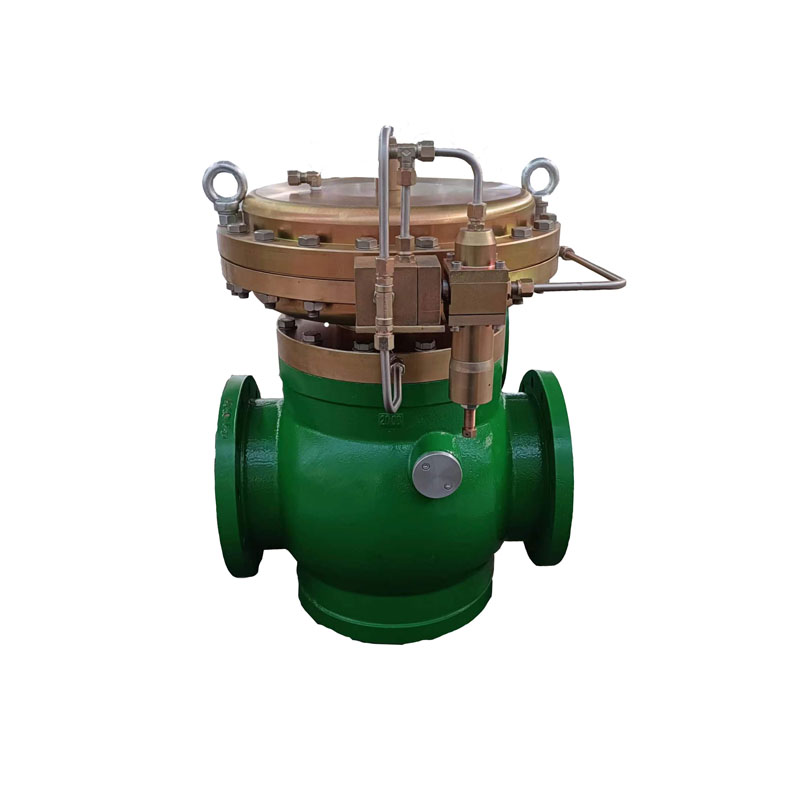
Dec . 17, 2024 02:04
Back to list
Performance Analysis of Gas Heat Exchanger in Industrial Applications and Efficiency Improvement Strategies
Understanding Gas Heat Exchangers
Gas heat exchangers are essential components in a variety of industrial and commercial applications, playing a crucial role in energy efficiency, temperature control, and process optimization. They facilitate the transfer of heat between two or more fluids at different temperatures, which can be gases, liquids, or a combination of both. This technology is pivotal in a wide range of sectors, including HVAC, power generation, and petrochemical processing.
Principles of Operation
A gas heat exchanger operates on the fundamental principle of heat transfer, which is the energy exchange between a hot and a cold medium. In many systems, a gas (such as air or combustion gases) is used to transfer heat to another fluid. The heat exchanger comprises a series of tubes or plates that create a large surface area for heat transfer, maximizing efficiency. As the hot gas passes through the exchanger, it transfers its heat to the colder fluid flowing in the opposite direction or in a cross-flow pattern. This counter-current approach often leads to higher thermal efficiency, as the temperature gradient is maintained throughout the entire length of the heat exchanger.
Types of Gas Heat Exchangers
There are several types of gas heat exchangers, each designed to meet specific needs. The most common types include
1. Shell and Tube Heat Exchangers These consist of a series of tubes, one set carrying the hot gas and the other carrying the coolant. They are widely used in oil refineries and chemical processing plants due to their efficiency and versatility.
2. Plate Heat Exchangers Featuring thin plates stacked together, these exchangers provide a compact and efficient design. They are commonly used in refrigeration and HVAC systems, favoring high thermal performance in a limited space.
3. Air-to-Air Heat Exchangers In applications like building ventilation systems, these exchangers recover waste heat from exhaust air and use it to preheat incoming fresh air, significantly reducing heating costs.
4. Regenerative Heat Exchangers These utilize a thermal storage medium that temporarily captures heat from the exhaust gases and releases it to the incoming gas stream, making them especially useful in high-temperature applications.
gas heat exchanger

Benefits of Gas Heat Exchangers
The advantages of employing gas heat exchangers are multifaceted. First and foremost, they enhance energy efficiency by recovering and reusing waste heat, which significantly cuts down on energy costs. This is particularly beneficial in industries where energy consumption is a significant operational expense.
Moreover, these systems contribute to reduced emissions. By recovering heat that would otherwise be lost, gas heat exchangers support sustainability initiatives by minimizing the environmental impact of industrial processes.
In addition, gas heat exchangers can improve process control and stability. By efficiently managing temperatures, they help mitigate the risks associated with overheating and can ensure that processes operate within optimal parameters.
Challenges and Considerations
Despite their benefits, gas heat exchangers face several challenges. fouling, which is the accumulation of unwanted material on heat transfer surfaces, can impede performance and requires regular maintenance. Additionally, the design of heat exchangers must consider the properties of the gases involved, including corrosiveness and particulate content.
When selecting a gas heat exchanger, it is essential to evaluate the specific application, including the required capacity, temperature differentials, and space constraints. Collaboration with manufacturers or engineers experienced in thermal management can help ensure that the right solution is chosen, optimizing performance and longevity.
Conclusion
In conclusion, gas heat exchangers represent a critical technology in modern energy management and process optimization. By effectively transferring heat between fluids, they improve energy efficiency, reduce operational costs, and support environmental sustainability. As industries continue to seek ways to innovate and enhance efficiency, gas heat exchangers will undoubtedly remain at the forefront of energy technology.
Next:
Latest news
-
Safety Valve Spring-Loaded Design Overpressure ProtectionNewsJul.25,2025
-
Precision Voltage Regulator AC5 Accuracy Grade PerformanceNewsJul.25,2025
-
Natural Gas Pressure Regulating Skid Industrial Pipeline ApplicationsNewsJul.25,2025
-
Natural Gas Filter Stainless Steel Mesh Element DesignNewsJul.25,2025
-
Gas Pressure Regulator Valve Direct-Acting Spring-Loaded DesignNewsJul.25,2025
-
Decompression Equipment Multi-Stage Heat Exchange System DesignNewsJul.25,2025

